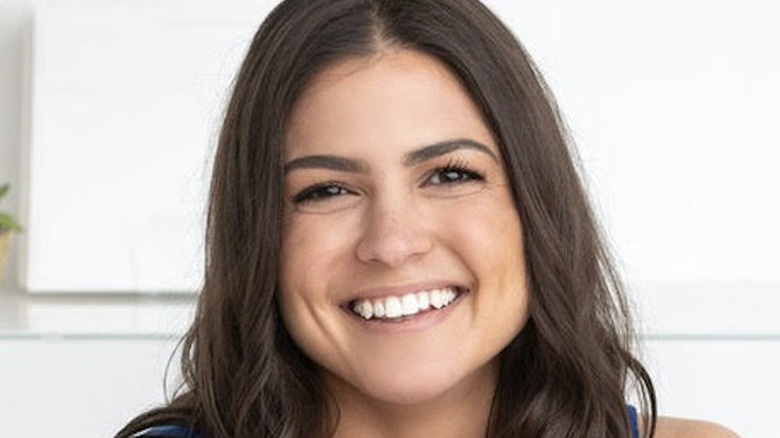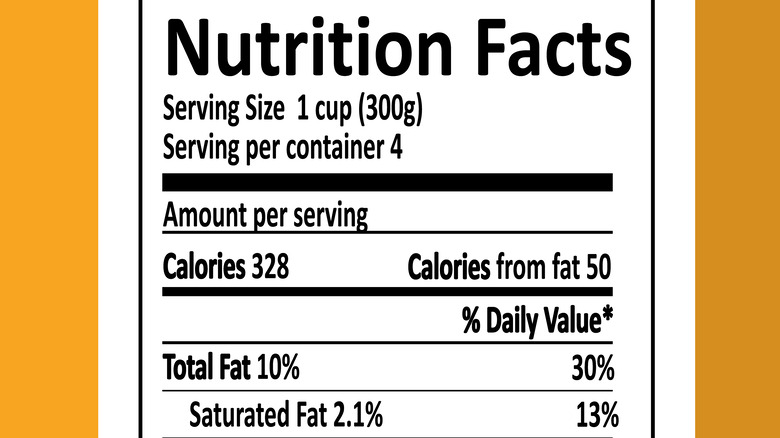What You Should Be Looking For On A Nutrition Label, According To Dietitian Stephanie Grasso - Exclusive
If you've ever looked at a nutrition label and thought, "What the heck am I actually looking at?" — you are not alone. The U.S. Food and Drug Administration updated the nutrition label this past summer for the first time in over 20 years to reflect improved scientific information based on new nutrition research and information from the public. The goal of this change was to make it easier for consumers to make informed and healthy eating choices.
Now that we have been given the tools for better diet habits, registered dietitian Stephanie Grasso told us exactly how to interpret those numbers on a nutritional label. When you pick up a food that you are interested in, what is the first thing your eyes are drawn to? More often than not, it's the calories. Grasso — whose nutritional videos on TikTok have gained her approximately 2.1 million followers and 27.7 million likes to date — said that's not such a bad thing. During an exclusive interview with Health Digest, Grasso shared her best tips on how to keep a balanced diet and why the way you approach a nutritional label matters.
Protein and that percent daily value number
Stephanie Grasso told Health Digest that the total number of calories on the nutrition label is now a lot bigger and "a good place to start." But to understand the nutritional benefits of the food, the TikTok influencer advises you to check for the carb and protein ratio. "I want to see a lot of fiber if it's a high-carb food. Added fiber helps you stay full. It's really good for the gut," Grasso said. She explained that protein will "make you feel satisfied throughout the day and regulates your blood sugars," so you should definitely look at those numbers.
Then, the percent daily value is a good way to tell if a food is high or low in nutrients. Grasso elaborated that 20% or higher is high, and anything 5% or lower is low. "The nutrients you want to get more of, or the high daily value, is going to be your protein, the vitamins, the minerals, and the monounsaturated fats," she said. "[For] the lower percent daily value, we want to limit our saturated fats [and] our sodium," Grasso continued.
Next time you take a trip to the grocery store, use Grasso's knowledge to become more aware of the foods you are picking up. You'll never be intimidated by a nutritional label again!
Check out Stephanie Grasso's TikTok or Instagram page to keep up with her latest videos.


